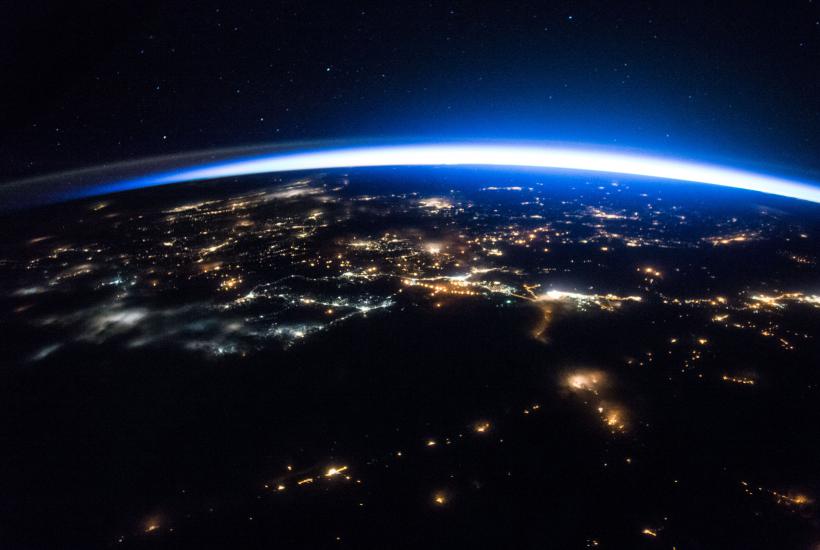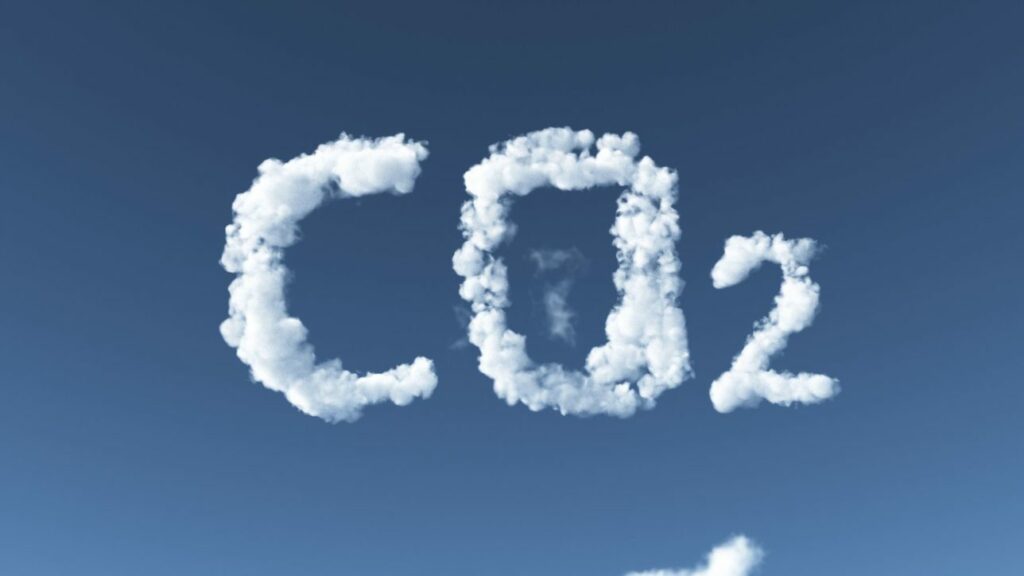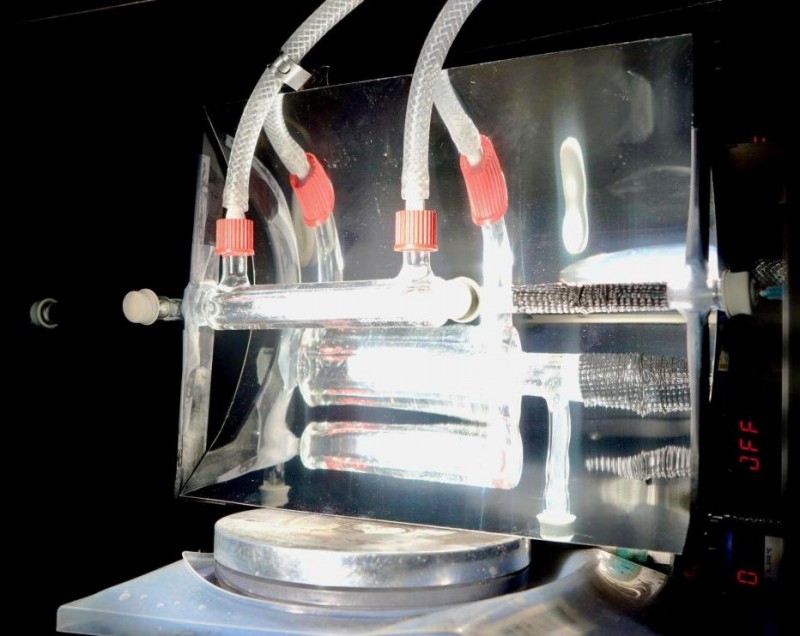Researchers from New Zealand’s National Institute of Water and Atmospheric Research (NIWA) have made a major breakthrough in understanding how the atmosphere deals with pollutants. It turns out that our planet’s gaseous envelope has become better at removing harmful gases , which could impact the climate system, according to a study published in Nature Communications (NatComms) .

Hydroxyl Radical: The Ultimate Air Purifier
The key role in this process is played by the hydroxyl radical (OH) , which is called the “detergent of the atmosphere.” It is a highly reactive molecule consisting of a hydrogen atom and an oxygen atom . It is formed under the influence of ultraviolet light, ozone and water vapor.
Despite its extremely short lifetime (less than a second), OH is capable of destroying up to 90% of methane and other harmful gases , helping to clean the atmosphere. However, its concentration has always remained difficult to accurately measure.
Long-term study: unexpected results
To determine the level of OH, the scientists analyzed 33 years of data collected at two stations in the Southern Hemisphere – in New Zealand and Antarctica . The measurements were made using radioactive carbon monoxide (14CO) , which is formed when exposed to cosmic rays. Since the level of 14CO is directly dependent on the activity of hydroxyl radicals, its decrease indicates an increase in the cleansing ability of the atmosphere .
The atmosphere copes better, but not without limitations
The study found that since 1997 the atmosphere in the Southern Hemisphere has cleared significantly faster :
- In New Zealand, 14CO levels fell by 12% annually .
- In Antarctica, 14CO concentrations decreased by 43% during the summer months .
This indicates a significant increase in OH levels , which makes the atmosphere more effective in combating pollutants .
However, scientists warn that further growth in the air’s oxidizing capacity may be limited by increased methane emissions . Despite the more active destruction of this gas, its concentration continues to grow, which requires additional measures to reduce emissions .
The findings have critical implications for climate change predictions . If the atmosphere is indeed becoming cleaner, it could slow the growth of greenhouse gases and influence future climate models. However, it is too early to draw definitive conclusions – further study of the phenomenon is needed.
Read more https://www.pravda.ru/news/science/2170947-atmospheric-self-cleaning/



